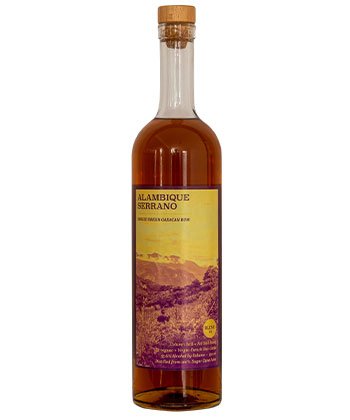Despite its eternal status as the “next big thing” in drinks, rum sales still lag behind multiple other spirits in the U.S., including whiskey, vodka, tequila, and Cognac. Still, there are signs that perceptions of rum are definitively shifting.
Of the almost $2.5 billion U.S. drinkers spent on rum in 2021 — the most recent data available — $229 million went toward “super premium” bottles, the most expensive price segment. Though still a fraction of total sales, this figure is more than 10 times greater than the amount spent on top- shelf rum 15 years ago, proving that folks aren’t only reaching for rum to mix Mojitos and Piña Coladas.
Impressive though that growth is, numbers and spreadsheets do little to capture the depth of the category. With rum brands operating in multiple continents, using two starkly different base ingredients — molasses and fresh cane juice — the main consideration when buying rum is not how much to spend but how you’re looking to enjoy the spirit. The category’s vast range of styles and ever-improving quality ensures that, whether it’s cocktail hour or time for a nightcap, there’s a bottle for every occasion and price point.
This list captures every aspect of that impressive landscape, from single-varietal agricole to transcontinentally aged and blended bottlings. Here are 30 of the best rums to buy right now.
Alambique Serrano Single Blend #1
Alambique Serrano Single Blend #1
Another stunning Oaxacan cane rum, this blend combines Cognac-cask-aged column still distillate with French-oak-aged pot still rum. The duo comes together in perfect harmony, serving up a captivating mix of fruit and umami notes on the nose. The palate then takes a pretty abrupt, but no-less enjoyable, turn, heading in a green, vegetal, earthy direction. This bottle provides further proof that Oaxaca is a serious player in the rum landscape.







